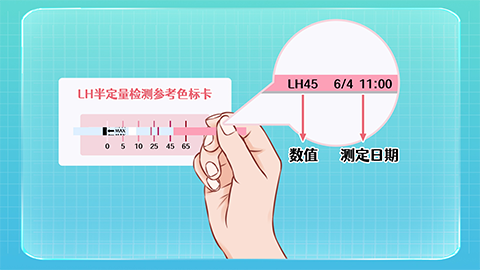How are the safe period and unsafe period calculated, exactly?
Generally speaking, the "safe period" refers to the non-ovulatory phase when a woman is less likely to get pregnant, while the "danger period" refers to the ovulatory phase when pregnancy is more likely. Calculating the safe and danger periods mainly depends on a woman's menstrual cycle and ovulation day. If the menstrual cycle is regular, ovulation usually occurs about 14 days before the next menstrual period begins. If the menstrual cycle is irregular, ovulation test strips can be used for detection. Detailed analysis is as follows:

The safe period refers to the time frame five days before ovulation and seven days after ovulation. During this time, pregnancy is relatively unlikely because either no ovulation has occurred or the egg has already lost its ability to be fertilized. However, it's important to note that the safe period is not absolutely safe, as ovulation may occur earlier or later due to various influencing factors.
The danger period refers to the time frame from the day of ovulation to six days after ovulation. During this period, the egg remains capable of being fertilized, and sperm can survive for a certain amount of time inside the female body, making pregnancy more likely during sexual intercourse. The danger period is also known as the ovulation period or fertile window.
If contraception is desired, it is recommended to use reliable contraceptive methods, such as condoms or intrauterine devices (IUDs). If trying to conceive, increasing the frequency of intercourse during the danger period can improve the chances of pregnancy. It's also important to maintain healthy lifestyle habits and a positive mindset, avoiding excessive tension and anxiety.





